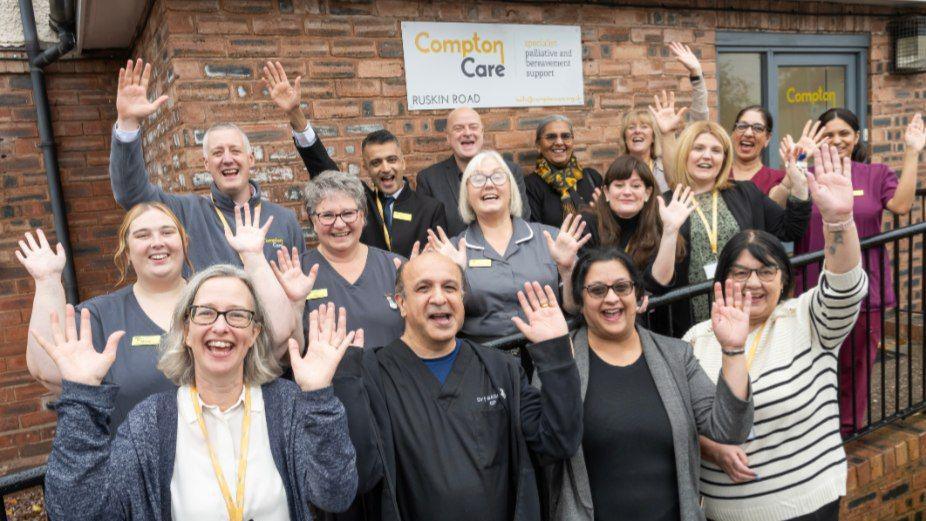'Traffic light care model will help generations'
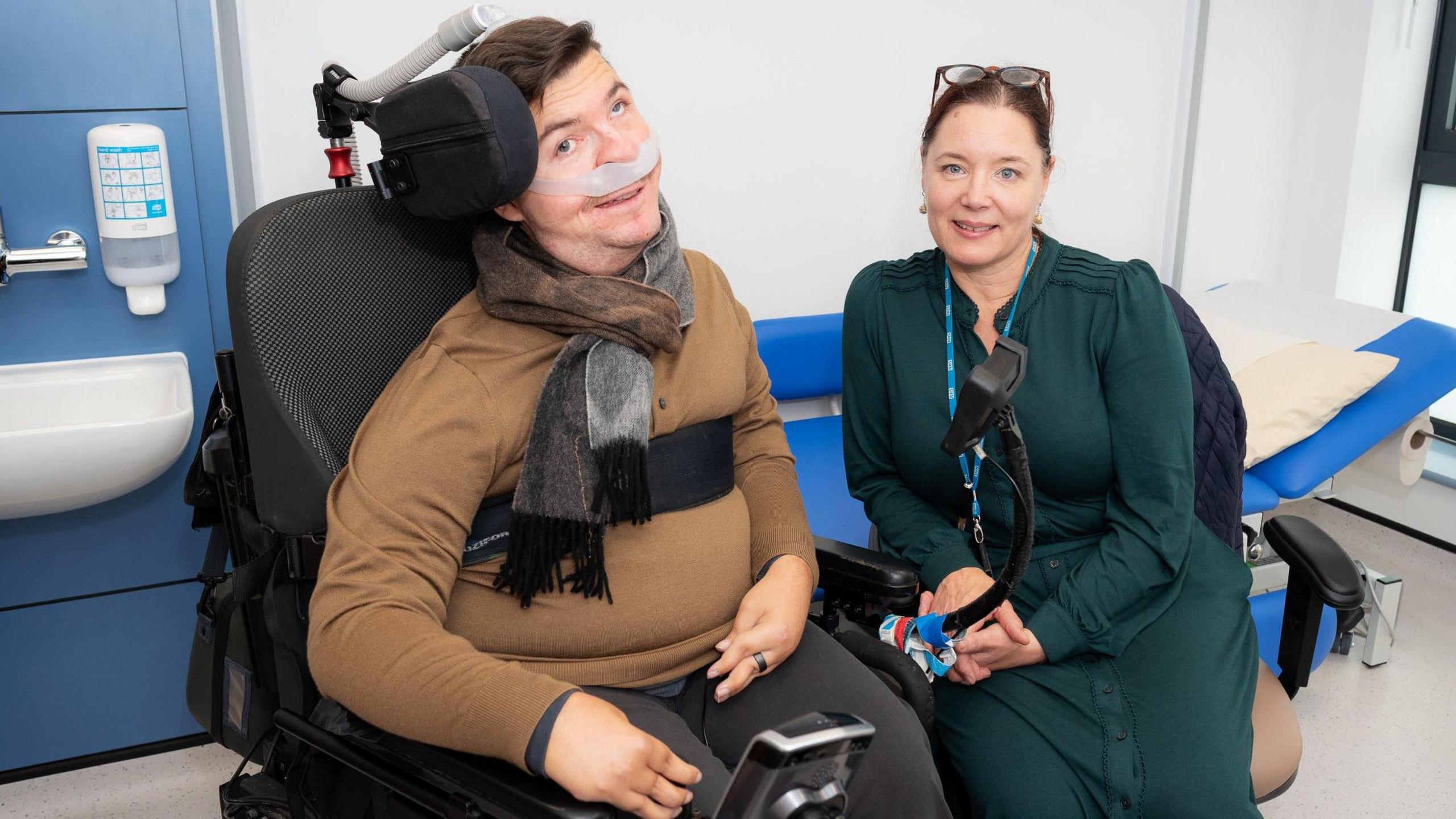
Mark Chapman has been treated under the Oswestry model, which Prof Tracey Willis developed
- Published
A man with a neuromuscular condition has said that a model of care developed in Shropshire to help patients like him will benefit future generations.
Mark Chapman, 32, from Wilmslow, has Duchenne Muscular Dystrophy, a muscle-wasting condition that starts in childhood and eventually leads to loss of mobility.
Part of his care has involved using the Oswestry model developed by Prof Tracey Willis from the Robert Jones and Agnes Hunt Orthopaedic Hospital (RJAH) and her husband, Prof Derek Willis, Severn Hospice's medical director.
It uses a "traffic light system" to help neuromuscular teams identify key stages in a patient's journey, in which hospice involvement would improve their quality of life.
This year, the RJAH started helping three other centres - in London, Manchester and Sheffield - to use it.
"It's been a better experience with [the system], and I think it'll be better for future generations with this condition. Because a lot of the things I've gone through and learnt through my life, I never had anyone like myself to look up to or anyone to speak to," said Mr Chapman.
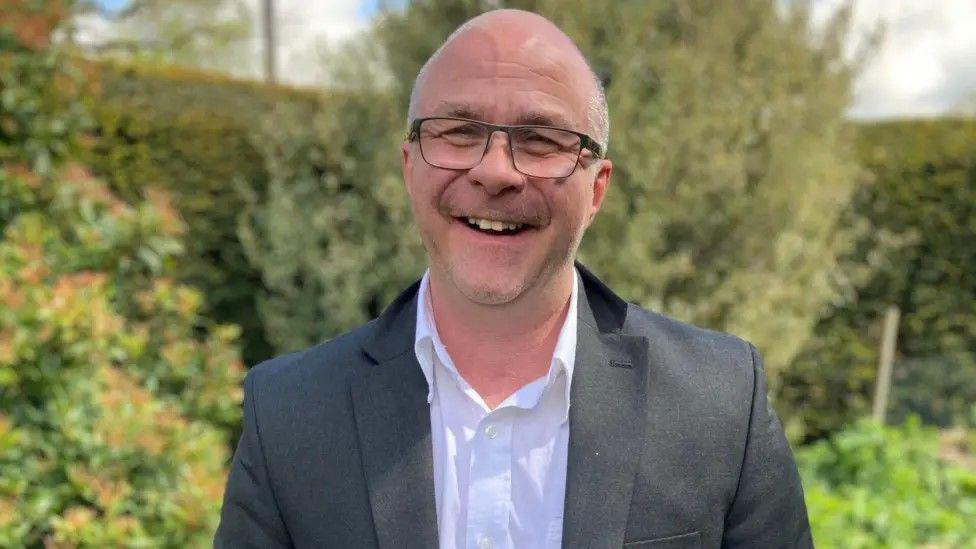
The Oswestry model was developed in collaboration with Prof Willis' husband, Prof Derek Willis, Severn Hospice's medical director
Patients are identified as green, amber or red.
Green means the patient does not need any extra care or pain management from the hospice or palliative teams.
Amber indicates there may be a number of issues that would prompt discussing emergency care planning and advanced care planning.
Red means a patient should be offered symptom control clinics with a palliative care team, not necessarily because they are at end of life, but because the palliative care teams have experience helping manage these symptoms.
'There's a taboo around palliative care'
Mark was diagnosed when he was five, stopped walking at nine, and now uses a wheelchair and is on a ventilator 24/7.
He said when palliative care was first suggested to him, he did not want to do it because he was not dying.
"There's a massive taboo subject around palliative care, a lot of people believe that it's just people who are dying. But it's not, it's more like symptom management and pain control, which I needed," he said.
"We tried loads of different things, and then I got referred to East Cheshire Hospice near me… we've eventually come round to the idea of pain patches, which I'm currently on now, [and] is helping.
"I'm sort of the guinea pig, for lack of a better word, but I think it's good for other people in the future."
Mark has a busy life that he fills with the things he loves.
"I make a podcast every week about music and go to loads of music concerts and football," he told the BBC.
He went to about 100 concerts last year.
His favourite? Taylor Swift's Eras Tour - he saw her in Edinburgh and at Anfield.
"I'm [also] a season ticket holder at Man United."
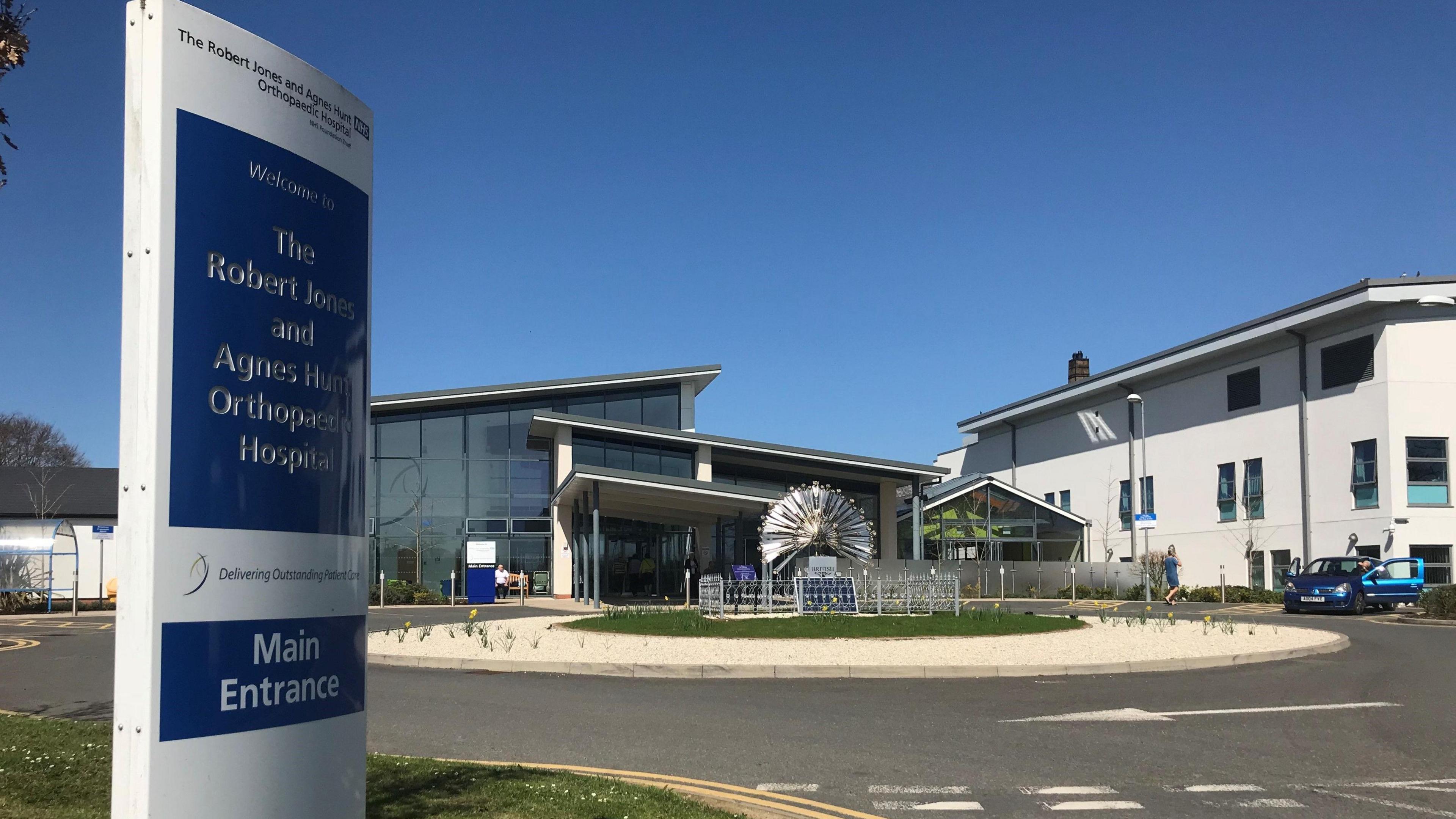
The model started at the Robert Jones and Agnes Hunt Orthopaedic Hospital, and Severn Hospice
"When there are certain areas like pain, breathlessness, things like that, the palliative care team are excellent at providing… it just means that you've got that planning, and you've got that holistic care," said Prof Willis.
"Having something like a traffic light system and a spreadsheet, and keeping them on your radar, means that you can input the right care at the right times.
"They can do what they want to do, and they can drop out of being seen by the palliative care team, but it can also be brought back in as and when it's needed."
She said she was grateful for the model and to have a relationship with experts in palliative care.
"I would feel completely out of my depth having to manage somebody's pain and manage other symptoms, like breathlessness," she said.
"While they may have a neuromuscular condition and it does limit what they can do, if we can put something in place that helps them still go out and enjoy and do what they want to do - like Mark going to concerts - that's really important.
"The pleasure is being able to see that happen," she added.
Get in touch
Tell us which stories we should cover in Shropshire
Follow BBC Shropshire on BBC Sounds, Facebook, external, X, external and Instagram, external.
Related topics
- Published28 September
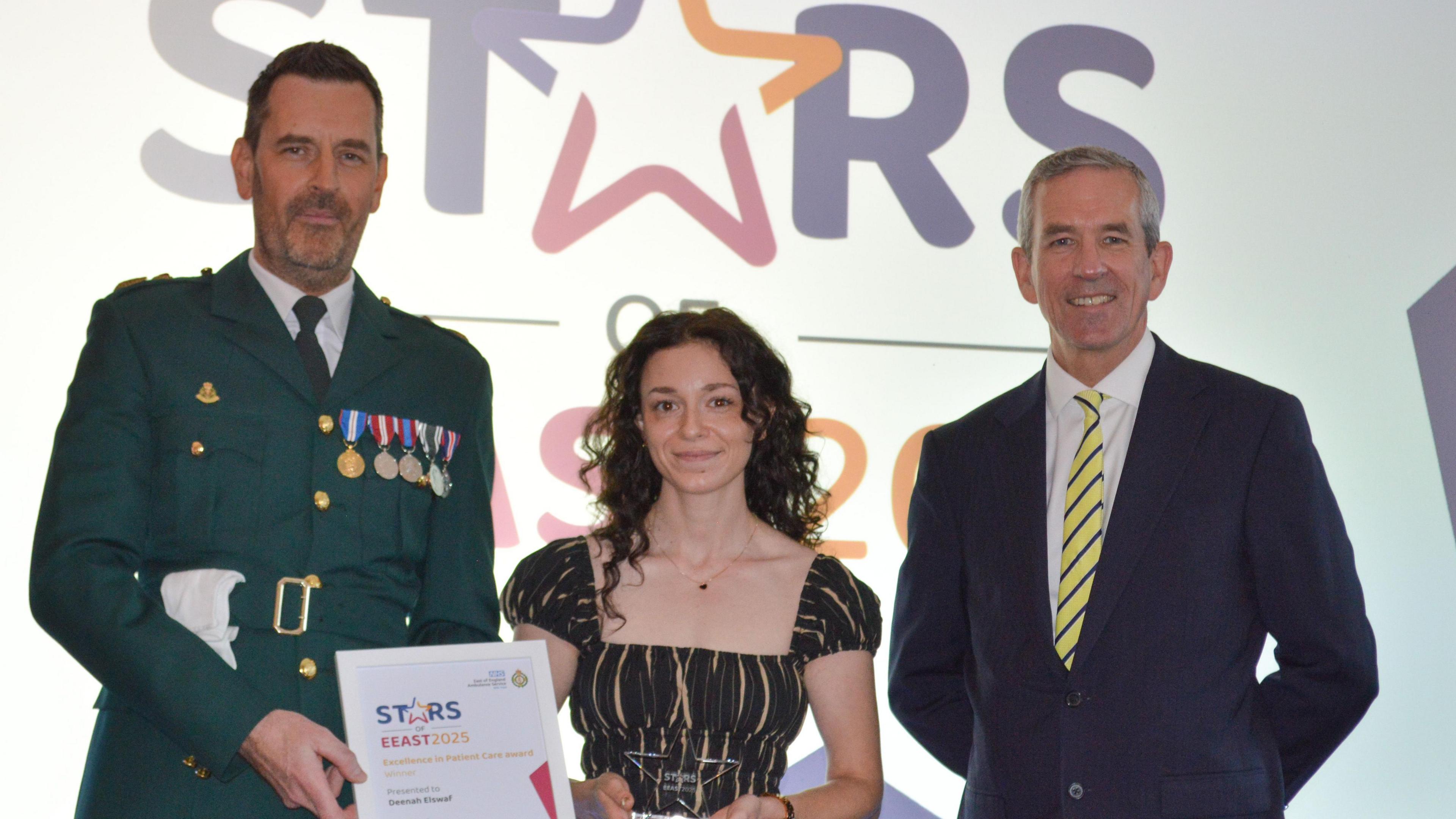
- Published23 September
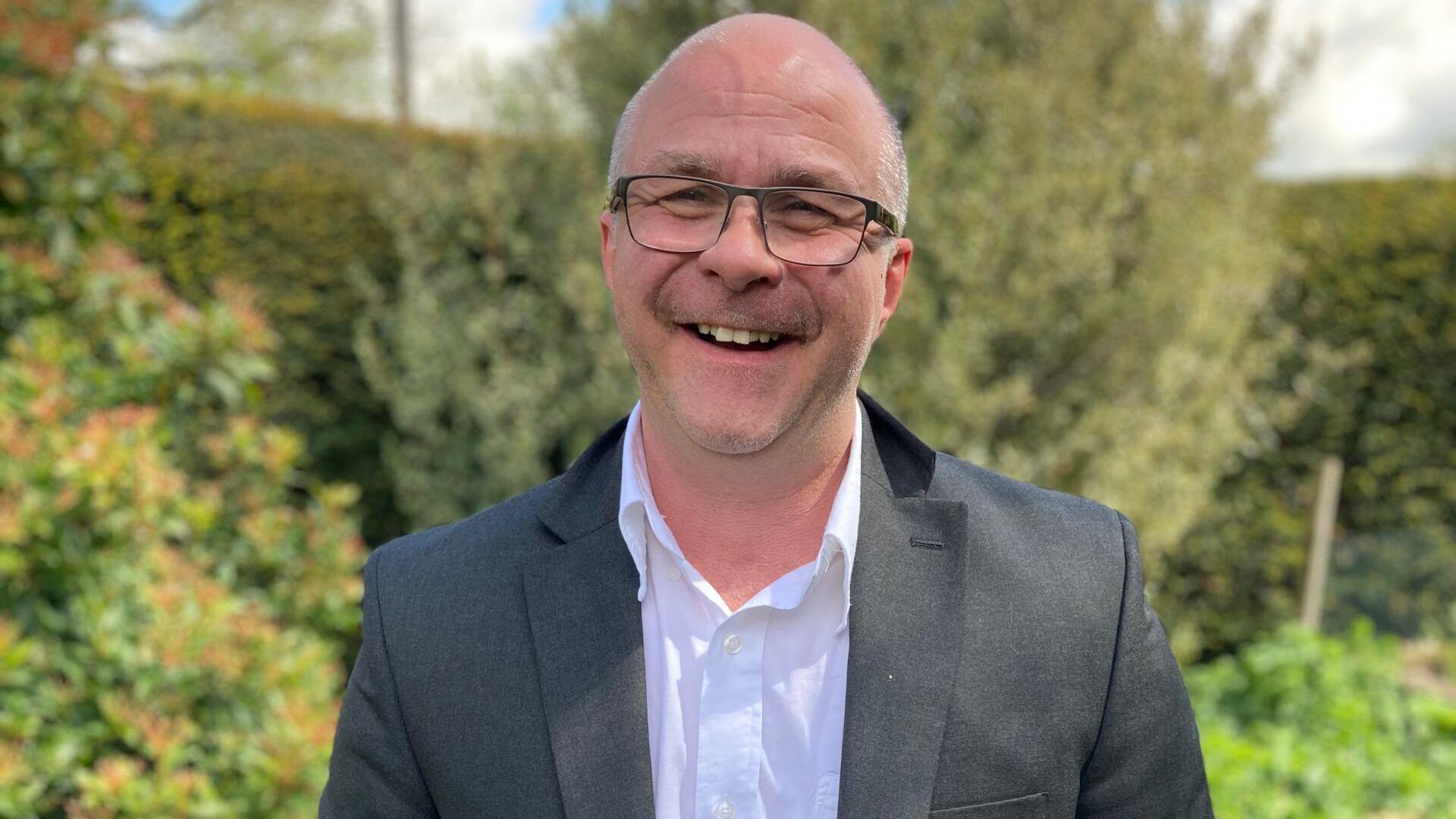
- Published19 October 2024
